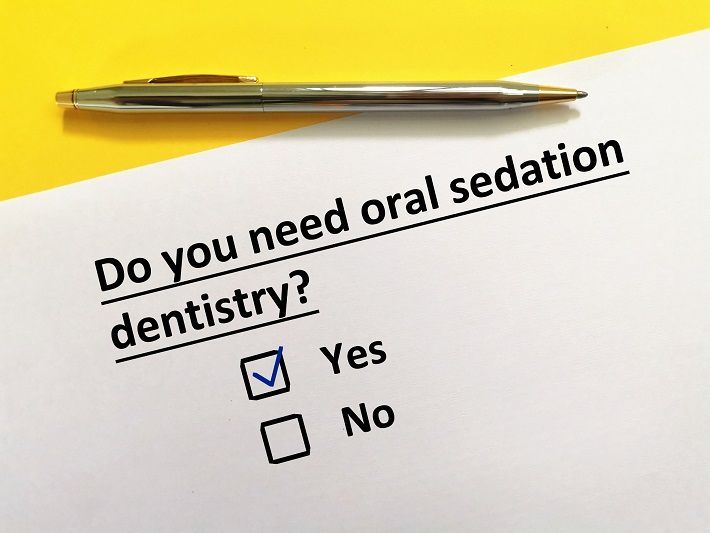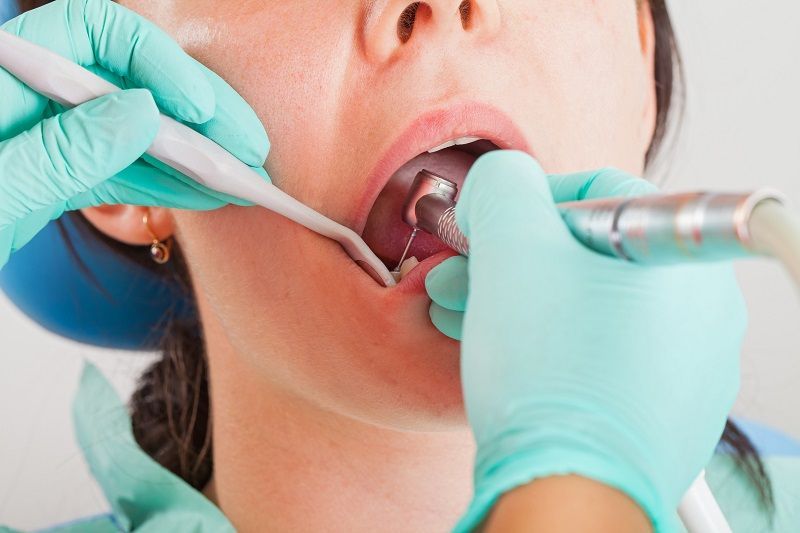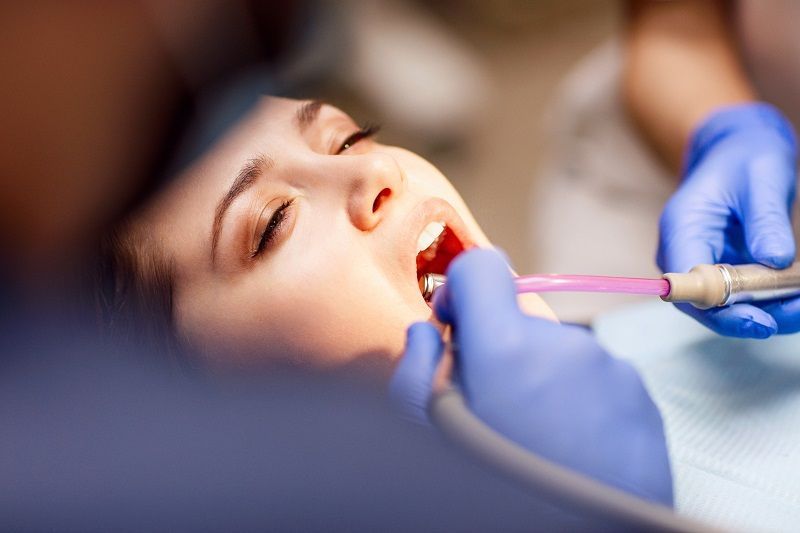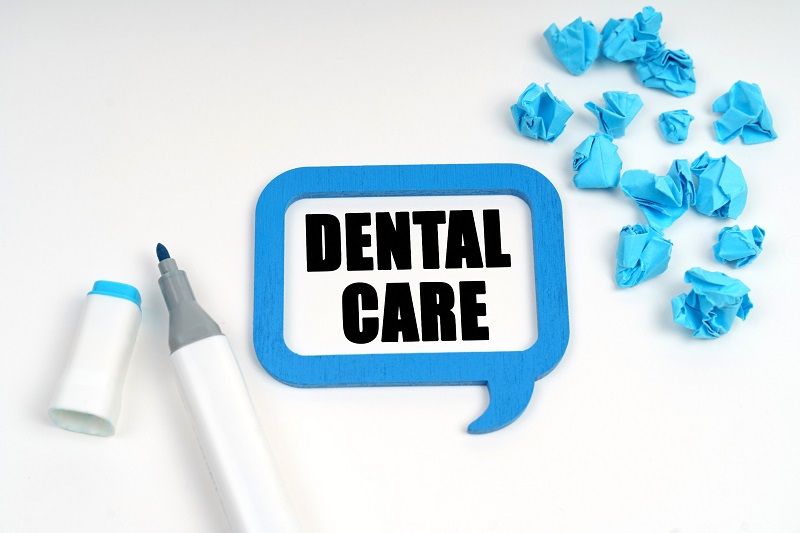It’s Easy (and Smart) to fix a Chipped Tooth
- By Mary Marks
- •
- 18 Jun, 2021
- •

When a tooth gets chipped, it is necessary to make an emergency visit to the dentist and possibly a referral to a Colorado sedation dentist depending on the severity. The longer you postpone this, the greater the risk of an infection in the pulp of the tooth, which can spread to the gums and even the jaw bone.
How will the dentist repair the affected tooth?
Depending on the degree of tooth damage, the dentist can use various treatment options. Here are some of them:
· Minor cracks do not need an elaborate treatment. Most likely, the dentist will gently smooth the area to remove tooth roughness.
· A chip can affect the whole tooth and fissures being able to advance from the surface to the nerve. Sometimes fractures can be treated by applying a filler and installing a dental crown to prevent aggravation of cracks. If the nerve or soft tissues of the tooth are affected, the dentist will recommend root canal treatment to save the natural tooth.
· Breaking the vertical tooth into two separate parts will first require the removal of the, followed by the canal treatment and the application of a dental crown. There are cases in which, however, tooth extraction can be recommended, if the root cannot be saved.





Although oral sedation dentistry Highlands Ranch is one of the optionsavailable for managing anxiety and discomfort during oral surgery, you certainly do not need to use it all the time. As a matter of fact, the exact type of sedation or anesthesia that you receive during oral procedures may depend on various factors, such as the complexity of the procedure, your medical problems, as well as your doctor’s preferences.
There can be several different levels of sedation that can be used in oral surgery. Local anesthesia is one of them. This involves injecting anesthetic medication into the specific area where the surgery will take place. It numbs the area and is often used for less invasive procedures.
Oral sedation involves taking medication in the form of a pill to induce a state of relaxation and drowsiness. The patient is still conscious, but he/she may not be fully aware of the procedure. At any rate, sedation helps him/her get rid of anxiety.
In the case of intravenous sedation, medication is administered through a vein, which induces a deeper state of sedation than oral sedation. Patients may still be conscious, but they are less aware of their surroundings and may not remember the procedure.





